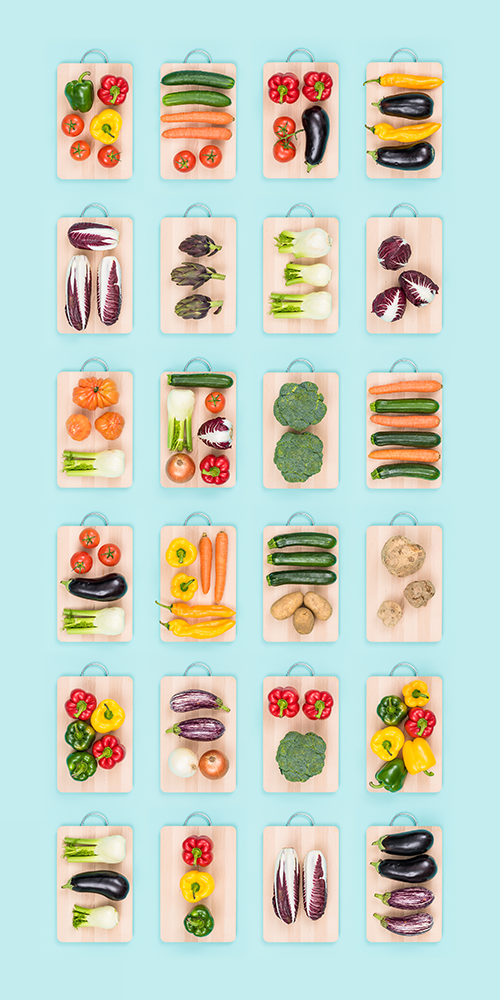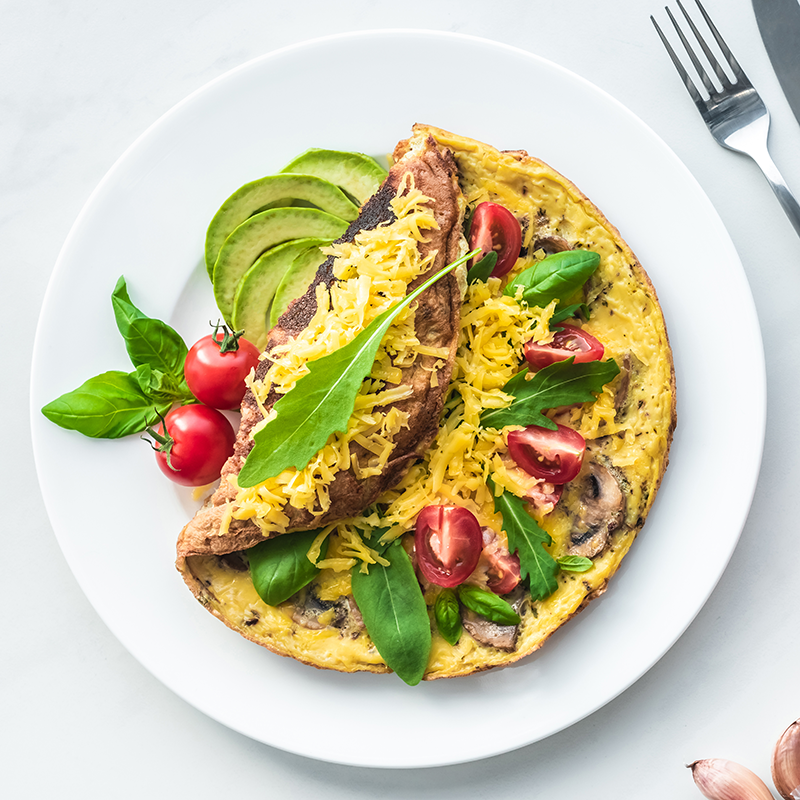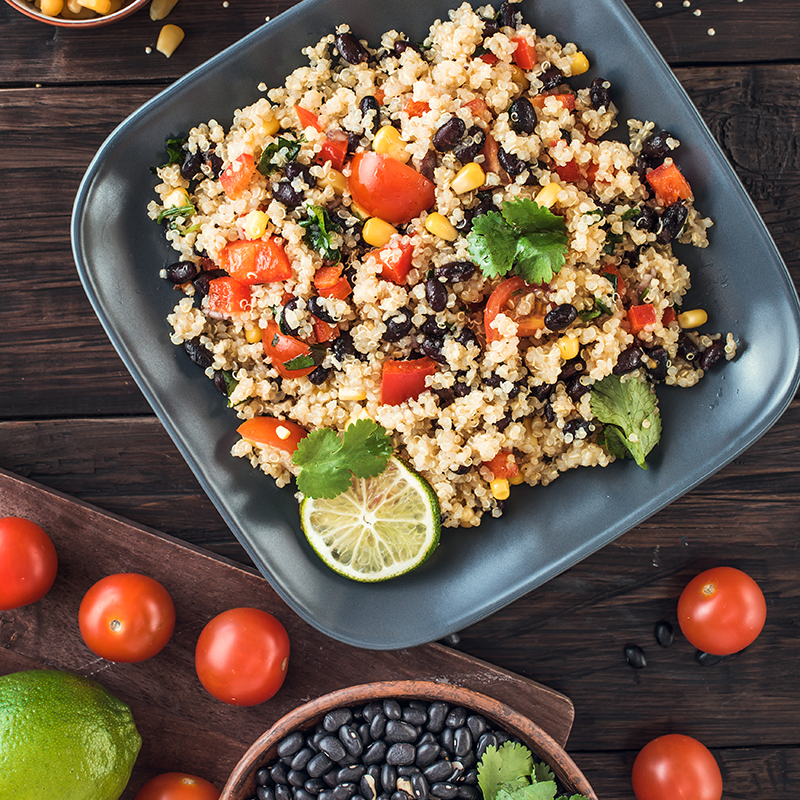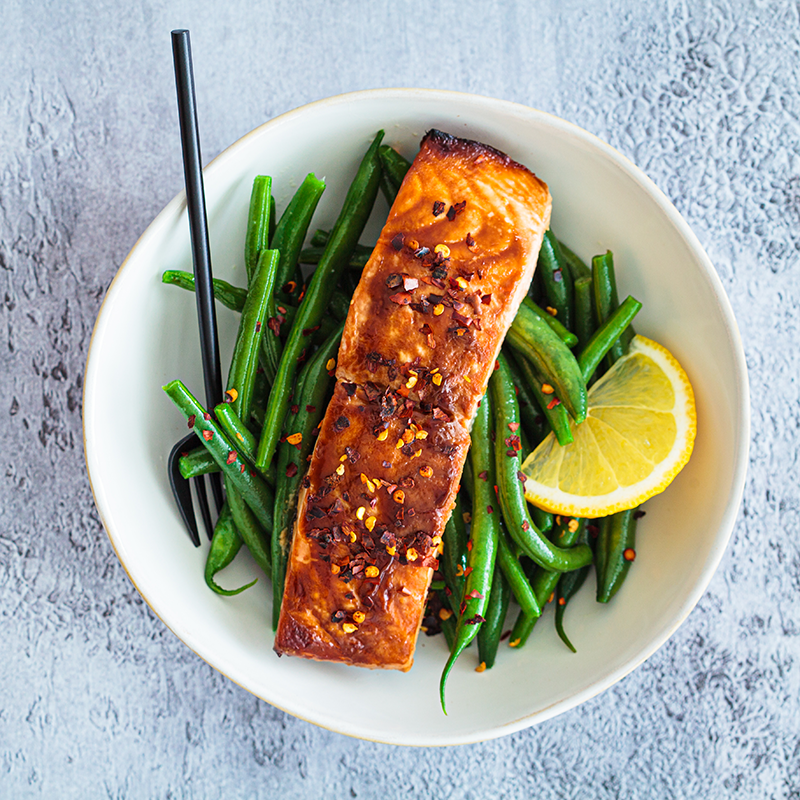Diabetes is a chronic condition that affects millions of people worldwide. However, the good news is that type 2 diabetes, which accounts for the majority of diabetes cases, is largely preventable. One of the most effective ways to reduce the risk of developing diabetes or managing prediabetes is through a healthy diet. This blog post aims to explore the link between nutrition and diabetes prevention while offering a collection of nutritious and tasty recipes that are suitable for individuals with prediabetes or those looking to reduce their risk of developing diabetes.
Diabetes is a chronic condition that affects millions of people worldwide. However, the good news is that type 2 diabetes, which accounts for the majority of diabetes cases, is largely preventable. One of the most effective ways to reduce the risk of developing diabetes or managing prediabetes is through a healthy diet. This blog post aims to explore the link between nutrition and diabetes prevention while offering a collection of nutritious and tasty recipes that are suitable for individuals with prediabetes or those looking to reduce their risk of developing diabetes.




Preventing diabetes and managing prediabetes through nutrition is an effective strategy that promotes overall health and well-being. By making smart food choices, controlling portion sizes, and incorporating nutritious ingredients into our meals, we can reduce the risk of developing type 2 diabetes and enjoy a delicious and varied diet. Remember to consult a healthcare professional or registered dietitian for personalized advice, especially if you have specific dietary requirements or medical conditions. Embrace the power of nutrition and take control of your health starting today!

4545 Crain Highway
White Plains, MD 20695
Phone: 301-609-6900
Hours: Mon-Fri 8 AM – 5 PM
Health Officer
Dianna E. Abney, M.D.
To protect, promote, and improve the health, safety, and environment of Charles County residents.
A healthier Charles County